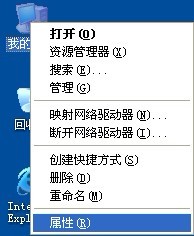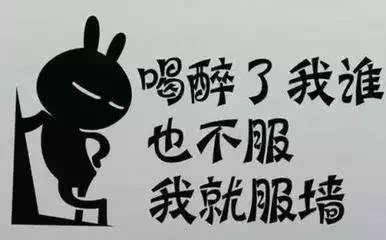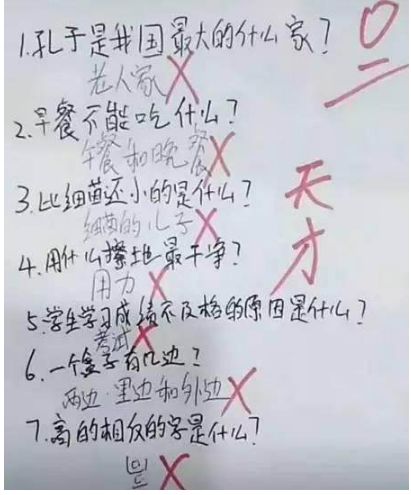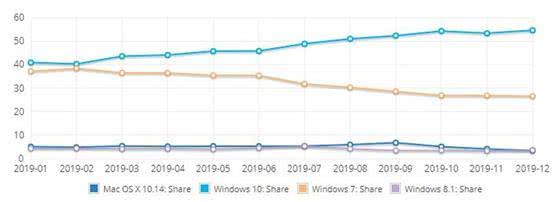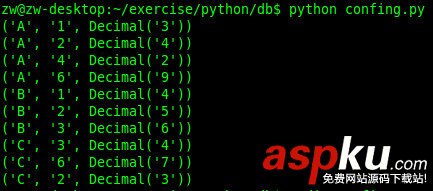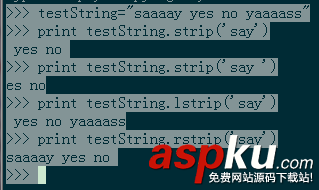本文實例為大家分享了python字符串的操作方法,供大家參考,具體內容如下
1.去除空格
str.strip():刪除字符串兩邊的指定字符,括號的寫入指定字符,默認為空格
>>> a=' hello '>>> b=a.strip()>>> print(b)hello
str.lstrip():刪除字符串左邊的指定字符,括號的寫入指定字符,默認為空格
>>> a=' hello '>>> b=a.lstrip()>>> print(b) hello #右邊空格可能看的不是很明顯
str.rstrip():刪除字符串右邊指定字符,默認為空格
>>> a=' hello '>>> b=a.rstrip()>>> print(b) hello
2.復制字符串
>>> a='hello world'>>> b=a>>> print(a,b)hello world hello world
3.連接字符串
+:連接2個字符串>>> a='hello '>>> b='world'>>> print(a+b)hello world注:此方法又稱為 "萬惡的加號",因為使用加號連接2個字符串會調用靜態函數string_concat(register PyStringObject *a ,register PyObject * b),在這個函數中會開辟一塊大小是a+b的內存的和的存儲單元,然后將a,b字符串拷貝進去。如果是n個字符串相連 那么會開辟n-1次內存,是非常耗費資源的。 str.join:連接2個字符串,可指定連接符號(關于join,讀者可以自己去查看一些相關資料)>>> a='hello '>>> b='####'>>> a.join(b)'#hello #hello #hello #'
4.查找字符串
#str.index 和str.find 功能相同,區別在于find()查找失敗會返回-1,不會影響程序運行。一般用find!=-1或者find>-1來作為判斷條件。str.index:檢測字符串中是否包含子字符串str,可指定范圍 a='hello world'>>> a.index('l')2>>> a.index('x')Traceback (most recent call last): File "<pyshell#40>", line 1, in <module> a.index('x')ValueError: substring not foundstr.find:檢測字符串中是否包含子字符串str,可指定范圍>>> a='hello world'>>> a.find('l')2>>> a.find('x')-1 5.比較字符串
str.cmp:比較兩個對象,并根據結果返回一個整數。X< Y,返回值是負數 ,X>Y 返回的值為正數。
#python3已經沒有該方法,官方文檔是這么寫的:
The cmp() function should be treated as gone, and the __cmp__() special method is no longer supported. Use __lt__() for sorting, __eq__() with __hash__(), and other rich comparisons as needed. (If you really need the cmp() functionality, you could use the expression (a > b) - (a < b) as the equivalent for cmp(a, b).)
大意就是cmp()函數已經“離開”了,如果你真的需要cmp()函數,你可以用表達式(a > b) - (a < b)代替cmp(a,b)
>>> a=100>>> b=80>>> cmp(a,b)1
6.是否包含指定字符串
in |not in >>> a='hello world'>>> 'hello' in aTrue>>> '123' not in aTrue
7.字符串長度
str.len>>> a='hello world'>>> print(len(a))11
8.字符串中字母大小寫轉換
S.lower() #轉換為小寫 >>> a='Hello World'>>> print(a.lower())hello worldS.upper() #轉換為大寫 >>> a='Hello World'>>> print(a.upper())HELLO WORLDS.swapcase() #大小寫互換 >>> a='Hello World'>>> print(a.swapcase())hELLO wORLDS.capitalize() #首字母大寫 >>> a='Hello World'>>> print(a.capitalize())Hello world
9.將字符串放入中心位置可指定長度以及位置兩邊字符
str.center()>>> a='hello world'>>> print(a.center(40,'*'))**************hello world***************
10.字符串統計
>>> a='hello world'>>> print(a.count('l'))3 11.字符串的測試、判斷函數,這一類函數在string模塊中沒有,這些函數返回的都是bool值
S.startswith(prefix[,start[,end]]) #是否以prefix開頭 S.endswith(suffix[,start[,end]]) #以suffix結尾 S.isalnum() #是否全是字母和數字,并至少有一個字符 S.isalpha() #是否全是字母,并至少有一個字符 S.isdigit() #是否全是數字,并至少有一個字符 S.isspace() #是否全是空白字符,并至少有一個字符 S.islower() #S中的字母是否全是小寫 S.isupper() #S中的字母是否便是大寫 S.istitle() #S是否是首字母大寫的
12.字符串切片
str = '0123456789′print str[0:3] #截取第一位到第三位的字符print str[:] #截取字符串的全部字符print str[6:] #截取第七個字符到結尾print str[:-3] #截取從頭開始到倒數第三個字符之前print str[2] #截取第三個字符print str[-1] #截取倒數第一個字符print str[::-1] #創造一個與原字符串順序相反的字符串print str[-3:-1] #截取倒數第三位與倒數第一位之前的字符print str[-3:] #截取倒數第三位到結尾print str[:-5:-3] #逆序截取,截取倒數第五位數與倒數第三位數之間
這里需要強調的是,字符串對象是不可改變的,也就是說在python創建一個字符串后,你不能把這個字符中的某一部分改變。任何上面的函數改變了字符串后,都會返回一個新的字符串,原字串并沒有變。
以上就是本文的全部內容,希望對大家學習python程序設計有所幫助。

